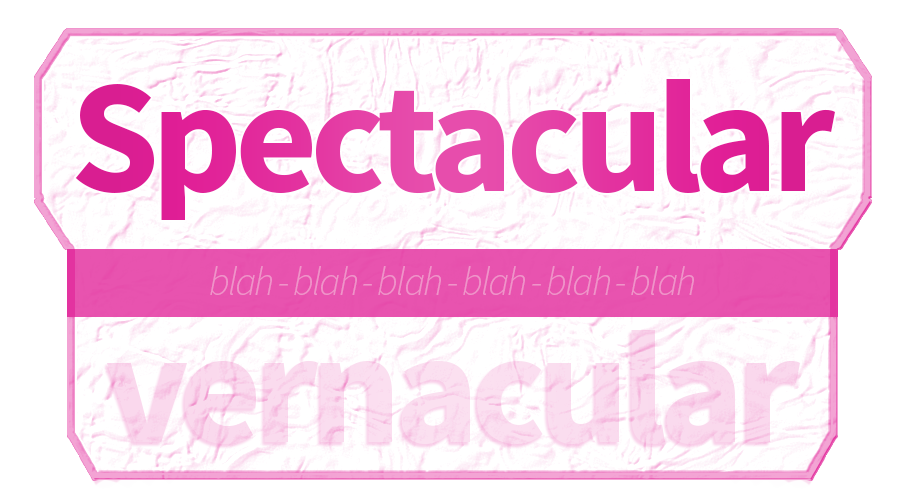Mesa Verde or Green Table, a National Park in Colorado
One of the best preserved national parks in the North American subcontinent is The Mesa Verde, which was established in 1906 in Colorado to preserve and interpret the archeological heritage of the Ancestral Pueblo. Pueblans were people who made that area their home from 600 to 1300 CE (current era). Today, the park has nearly 5,000 known archeological sites and 600 cliff dwellings across 40+ miles of roads.
The cliff dwellings
Sometime during the late 1190s, many Ancestral Pueblo people began living in villages built beneath the overhanging cliffs. The structures ranged in size from one-room storage units to houses made of more than 150 rooms. These people, the puebloans, used to farm along mesa tops and reside in the alcoves, repairing, remodeling, and constructing new rooms for nearly a century. By the late 1270s, the population began migrating south into present-day New Mexico and Arizona. The Ancestral Puebloan occupation of Mesa Verde ended around 30 years later.
The Peoples
The first people who lived in villages on top of the ‘mesas’ were known as the Basketmakers. The first Basketmakers lived as far back as 9,000 years ago. However, they were not the only inhabitants; other tribes have lived there since that time. In the 7th century CE, the inhabitants of the region started building sandstone houses into the cliffs. The houses contain multiple apartments with separate rooms. These houses are called Pueblos, and their creators were called Puebloans. The largest Pueblo is the Cliff Palace, which was home to more than 100 people at one time.
At some point in the 13th century, the Puebloans left the area after many years with little rain. This is called a drought. The lack of rain made it difficult to grow enough food, which is why the Puebloans had to move. Although the Basketmakers and ancestral Puebloans have been gone for centuries, the area is still important to Native American tribes that descended from them. Furthermore, the Pueblo structures are still in excellent condition and can be visited by tourists. If you ever visit Mesa Verde National Park, you can visit them yourself.
Archeological Sites
Mesa Verde National Park was established in 1906 to preserve archeological sites built by the Ancestral Puebloans. Currently Mesa Verde has over 4,700 archeological sites with many more yet to be discovered. The mission of the archeological program at Mesa Verde National Park is to conduct, encourage and facilitate archeological and ethnographic research focused on prehistoric and historic occupations in Mesa Verde, and to link research results to the regional histories of the northern San Juan and the greater Southwest. The focus is to enhance and share knowledge of the Ancestral Puebloan culture, and to ensure that archeological sites are preserved for the benefit of future generations.
- Badger House Community
The Badger House Community consists of four sites along a paved and graveled walking and bicycling trail: Modified Basketmaker Pithouse, Developmental Pueblo village, Badger House, and Two Raven House. Your 2.25 mile (3.6 km) round-trip walk through this area is a journey through 600 years of prehistory, with signs explaining each site.
The trail begins near the Wetherill Mesa Kiosk, a 12-mile (19 km) drive along the steep and winding Wetherill Mesa Road (starting near mile marker 15). Allow 45 minutes for this drive. Vehicles over 25-feet (8 m) long are prohibited on this road. - Cedar Tree Tower
Cedar Tree Tower is one of several tower sites that have been discovered on the mesa tops. Towers were primarily built during the Classic period (A.D. 1100 to 1300) at Mesa Verde and are usually associated with a kiva. The purpose of a tower-kiva complex is not known. Some speculate that towers had a ceremonial purpose based on their close association with kivas. Other people propose that the mesa top towers were part of a communication system. - Far View Sites
Far View was one of the most densely populated parts of the mesa from A.D. 900 to about A.D. 1300. Nearly 50 villages have been identified within a half square mile area, and were home to hundreds of people. Today, several excavated and stabilized sites are linked by a trail system within a short walking distance. These surface sites include Far View House, Pipe Shrine House, Coyote Village, Far View Reservoir, Megalithic House, and Far View Tower. - Sun Temple
According to modern Pueblo Indians, Sun Temple’s features classify it as a ceremonial structure. Because neither household goods nor roof beams were found by archeologists at Sun Temple, some believe the symmetrically planned ‘D’ shaped building was never completed. Yet its size alone points to the amount of labor that went into its construction. The stones in the fine masonry walls were shaped and given a ‘dimpled’ flat surface by the builders of the structure. Based upon the amount of fallen stone removed during excavation, the walls probably were between 11 and 14 feet high. The thick walls were double coursed and filled with a rubble core. Today, modern concrete covers the top of the walls to prevent moisture from going into the rubble placed between the walls. Please do not climb or walk on the walls of this fragile archeological site.
The Weather
Weather Conditions Throughout the Year Since most visitors spend a great deal of time outdoors during a visit to Mesa Verde National Park, you’ll want to be prepared for the weather. Use the chart and links below for weather information before your trip. Daily forecasts are available in the park at the Mesa Verde Visitor and Research Center and the Chapin Mesa Archeological Museum. During the winter, the weather is usually mild, however, snowstorms can occur as late as May and as early as October. June through September are warm to hot, with cool evenings. Daytime summer temperatures can reach into the 90’s, so be sure to bring and DRINK plenty of water. Afternoon thunderstorms are common in July and August.




























